Pictures of Men’s Native Wears: A Vibrant Journey Through Cultural Fashion
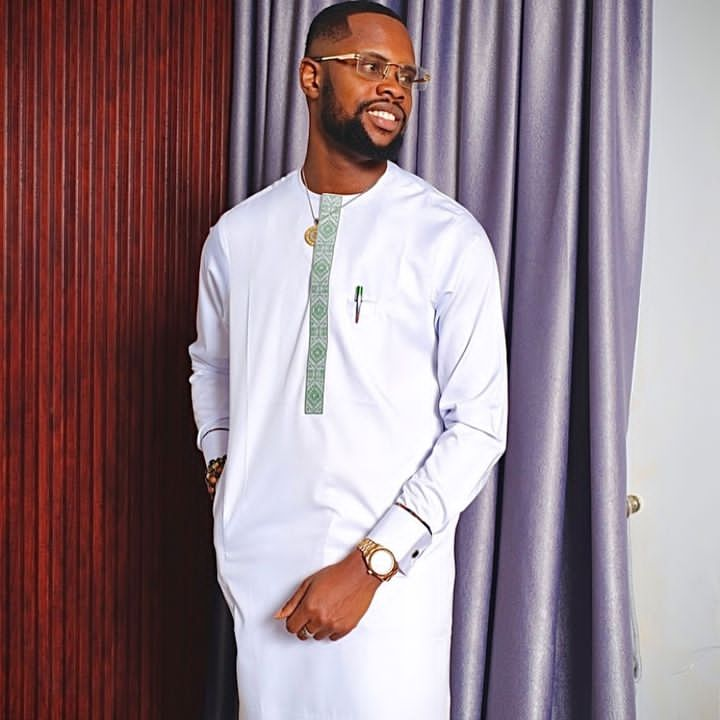
In an increasingly globalized world, the rich tapestry of cultural fashion is often overshadowed by mainstream trends. However, there’s a growing appreciation for traditional attire that reflects the heritage and identity of various communities. Men’s native wears are a compelling aspect of this resurgence, offering a window into the unique cultural expressions from different parts of the world. This blog delves into the diverse and vibrant world of men’s native wears, exploring their significance, variations, and the artistry involved.
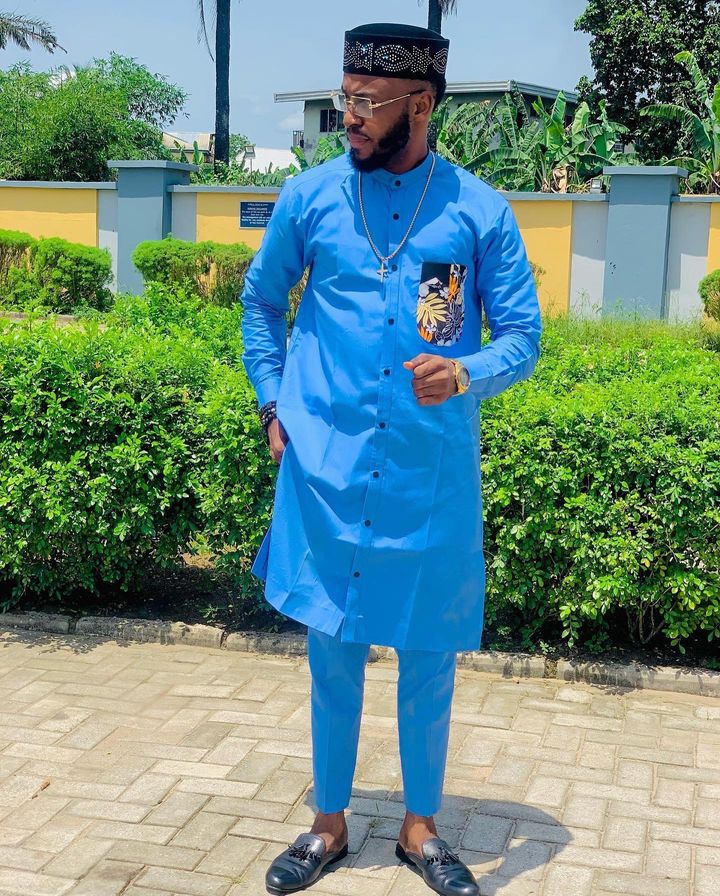
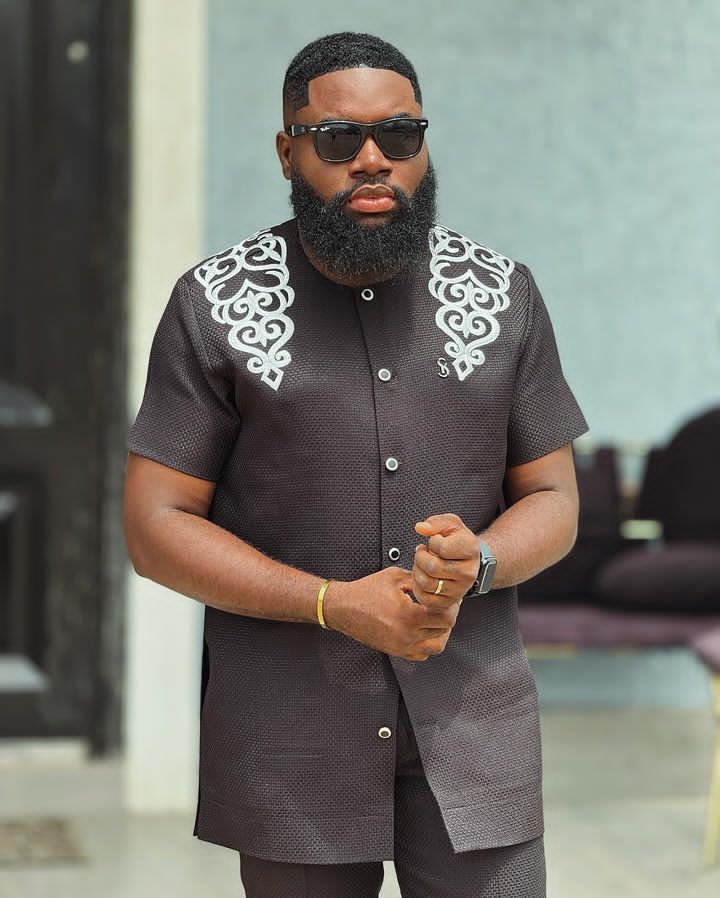
Table of Contents
The Significance of Men’s Native Wears
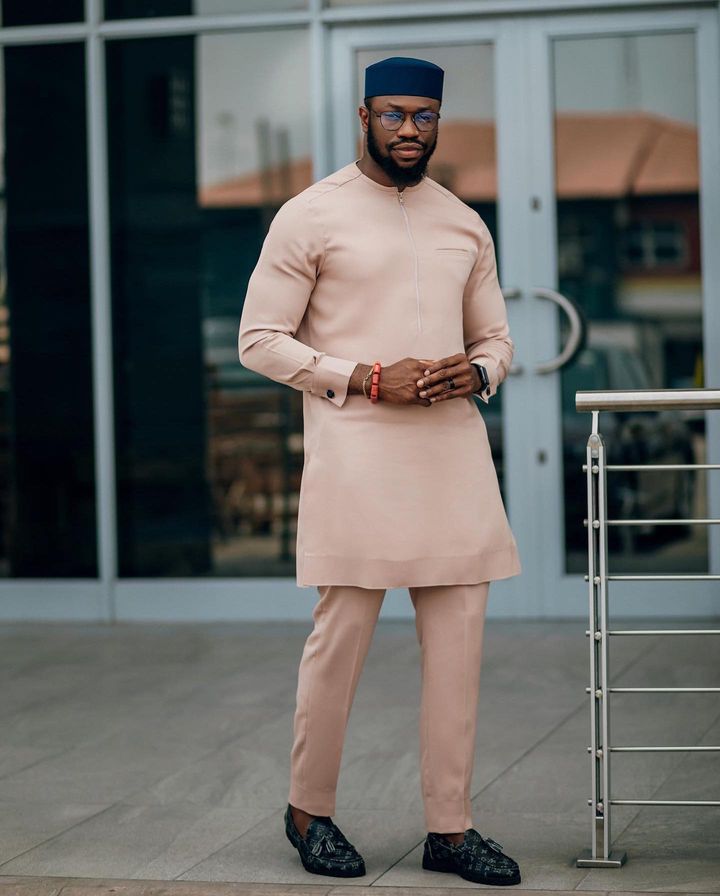
In addition to their cultural significance, men’s native wears also play a crucial role in preserving traditional craftsmanship. Techniques like hand-weaving, embroidery, and beadwork are often passed down through generations, keeping ancient arts alive in a modern context. As such, these garments are not only items of clothing but also pieces of art that embody the rich cultural heritage of their communities.
Men’s native wears are more than just clothing; they are a powerful symbol of identity, heritage, and tradition. These garments often carry deep historical and cultural significance, reflecting the social status, regional affiliation, and even the personal beliefs of the wearer. For instance, in many African cultures, the choice of fabric, patterns, and colors in traditional attire can signify different occasions, such as weddings, funerals, and festivals.
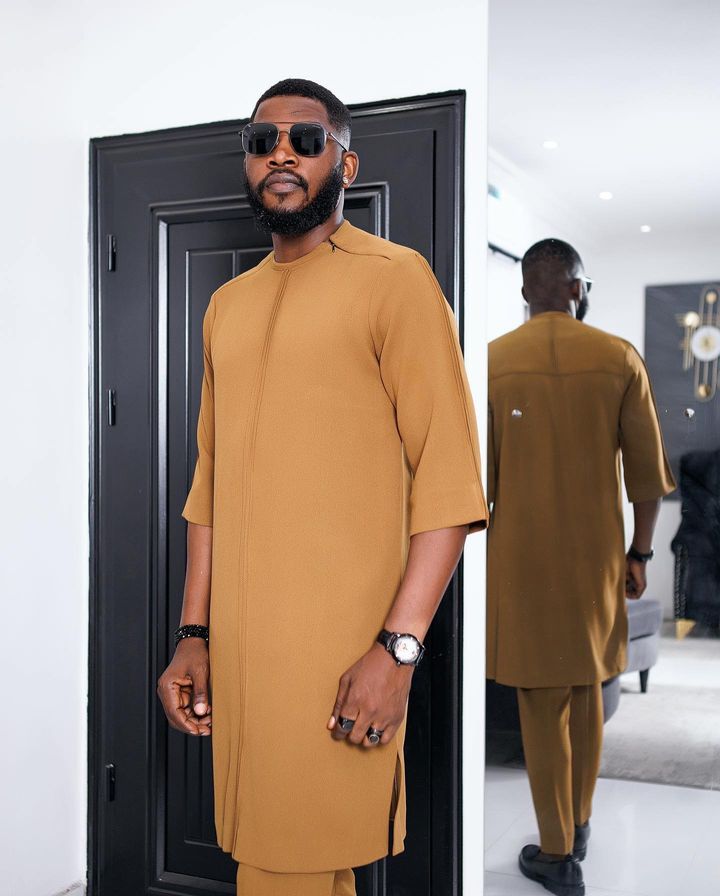
Nigerian men native pictures
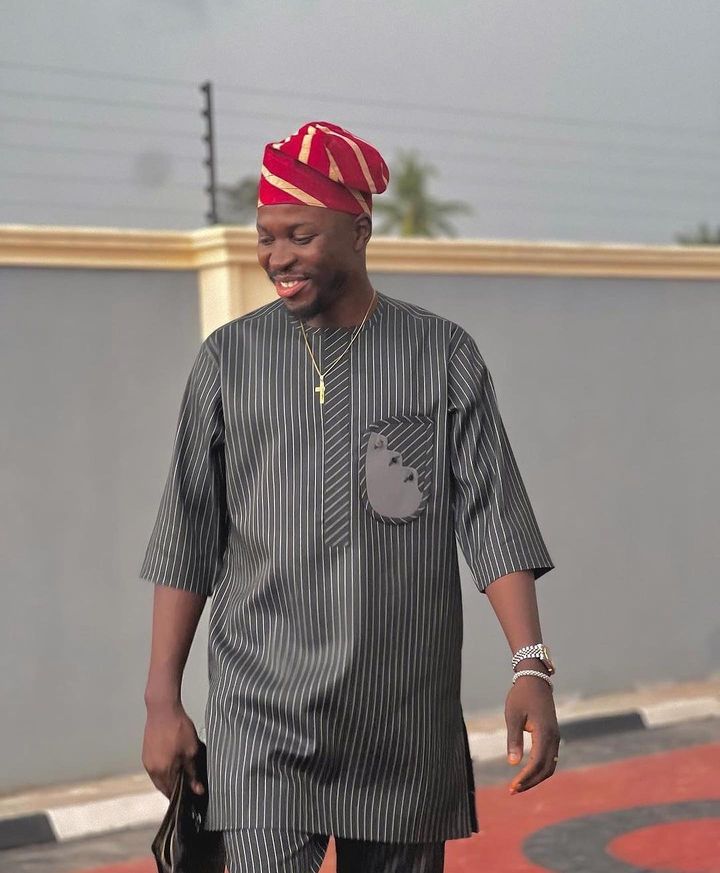
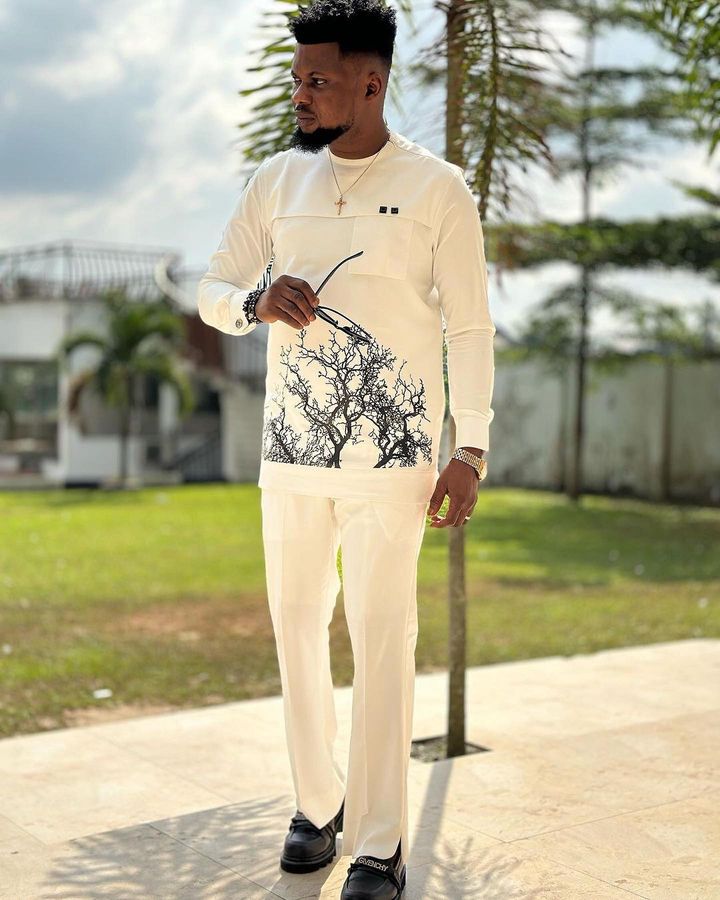
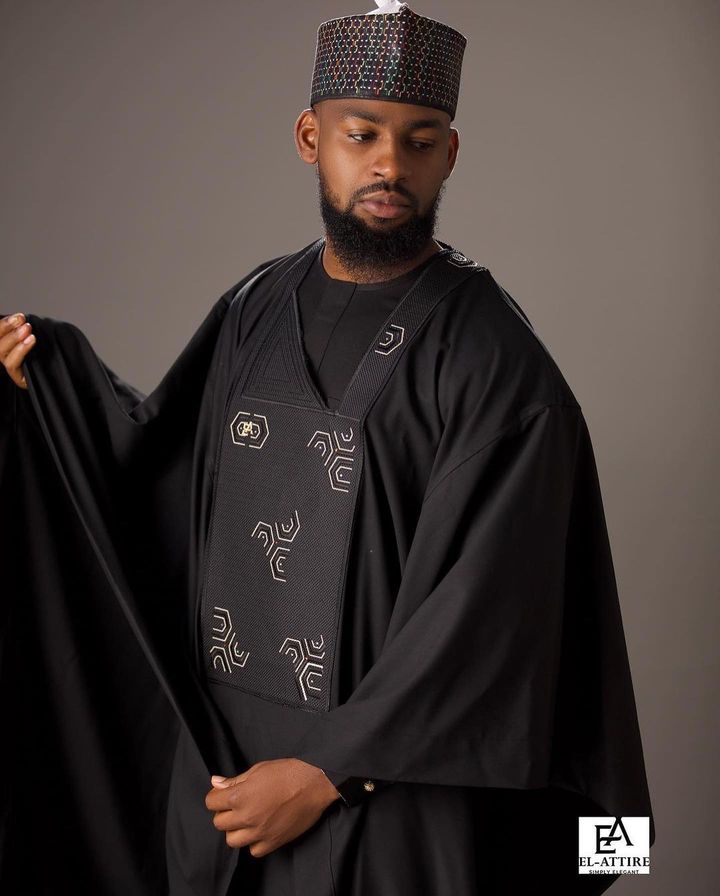
A Glimpse Into Global Men’s Native Wears
African Attire: The Elegance of Agbada and Dashiki
African native wear for men is a diverse category, with each region boasting its own distinctive styles. The West African Agbada is a prime example, renowned for its grandeur and elegance. This flowing robe, often made from rich fabrics like brocade or silk, is typically worn over a pair of trousers and a long-sleeved shirt. The Agbada is usually adorned with intricate embroidery, making it suitable for special occasions such as weddings and religious celebrations.
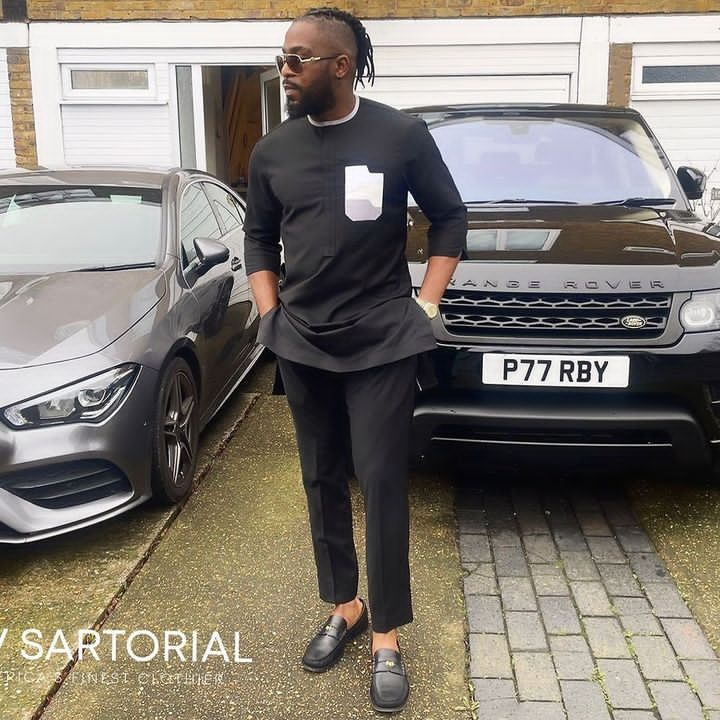
Another popular African attire is the Dashiki, which originated in West Africa and has become a global symbol of African pride and heritage. The Dashiki is a colorful garment that covers the top half of the body, featuring elaborate embroidery around the neck and chest area. Its vibrant patterns and loose fit make it a comfortable yet stylish option for both casual and formal events.
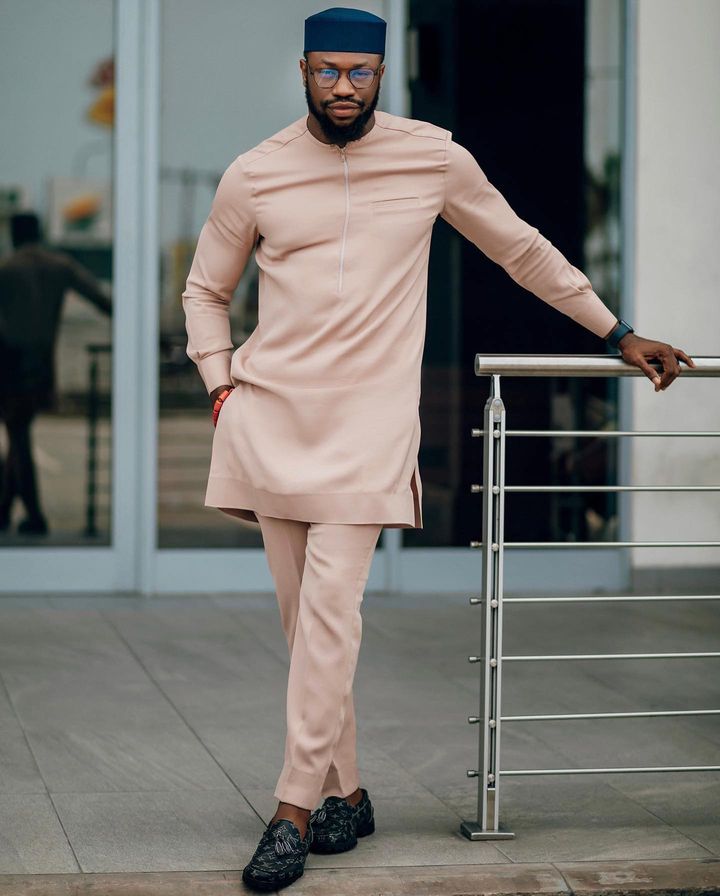
South Asian Splendor: Sherwanis and Kurtas
In South Asia, men’s native wear is characterized by its intricate designs and luxurious fabrics. The Sherwani, a long coat-like garment, is a staple of traditional Indian and Pakistani formal wear. Made from materials like silk, velvet, and brocade, the Sherwani is often embellished with detailed embroidery, beads, and sequins. It is typically worn over a kurta (a long tunic) and paired with churidar (tight-fitting trousers) or pajama pants. The Sherwani is a popular choice for weddings and other ceremonial events.
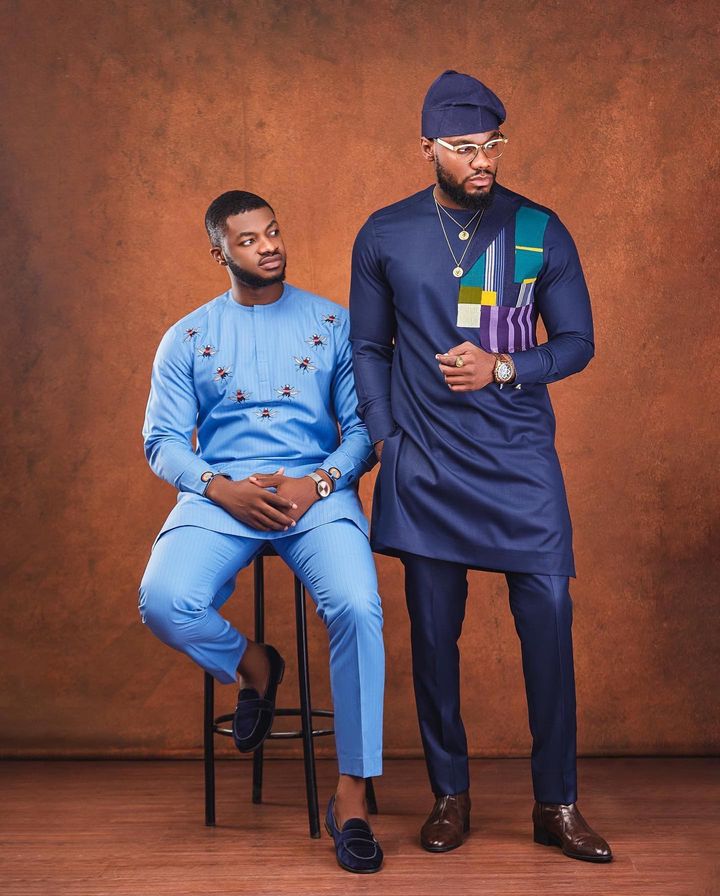
The Kurta, on the other hand, is a versatile piece that can be dressed up or down depending on the occasion. Made from cotton, linen, or silk, the Kurta is usually knee-length and can be worn with trousers, jeans, or traditional pajama pants. Its simple yet elegant design makes it a favorite for both everyday wear and festive occasions.
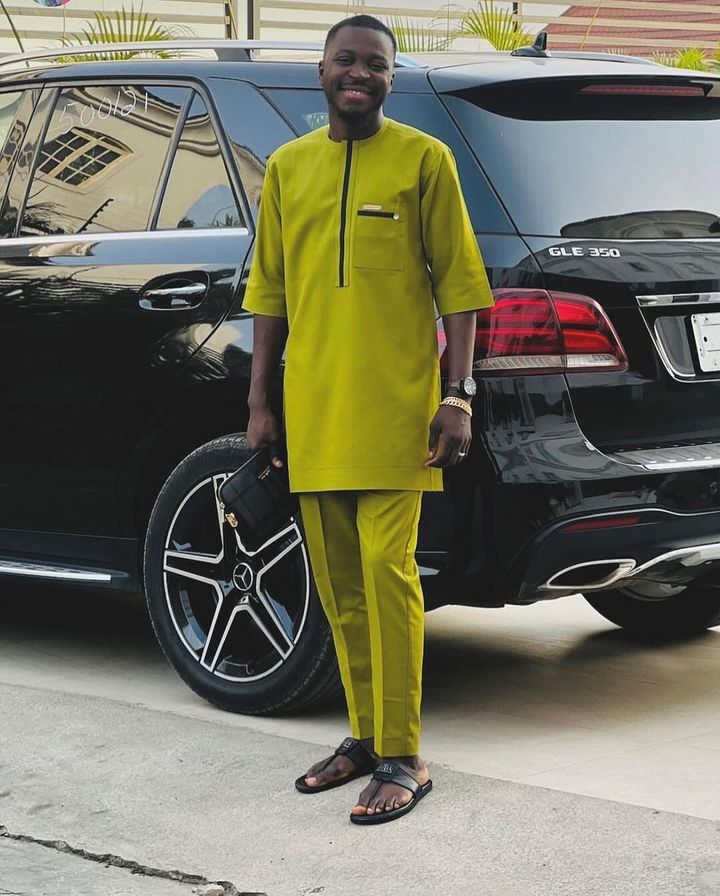
Middle Eastern Majestic: Thobe and Bisht
The Middle Eastern Thobe, also known as a Dishdasha or Kandura, is a traditional long robe worn by men in countries such as Saudi Arabia, UAE, and Kuwait. Made from light, breathable fabrics like cotton and linen, the Thobe is designed to keep the wearer cool in the hot desert climate. Its clean, minimalist design is often accentuated with subtle embroidery around the collar and cuffs.
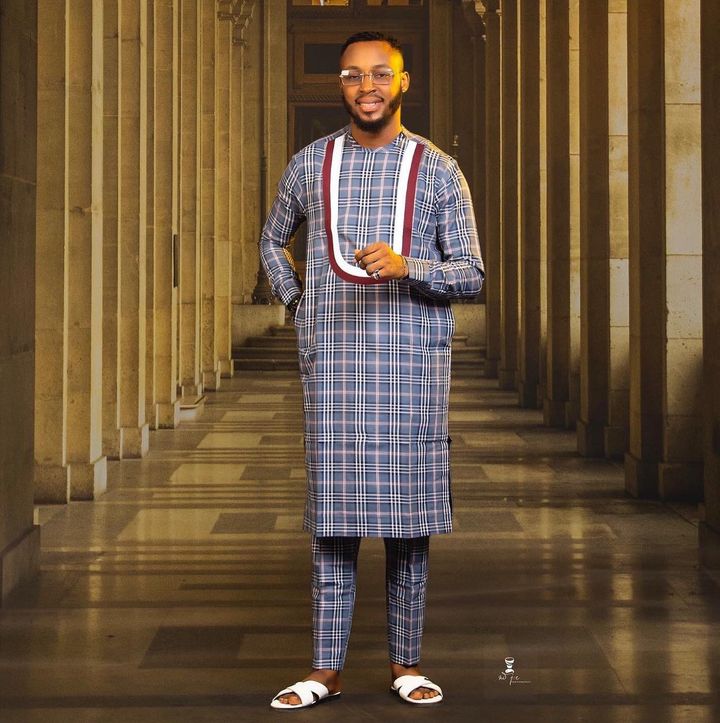
For more formal occasions, the Thobe is often paired with a Bisht, a flowing cloak made from fine wool or camel hair. The Bisht, typically black, brown, or cream in color, is adorned with gold or silver embroidery, adding a touch of regality to the outfit. This combination is commonly seen at weddings, official functions, and religious festivals.
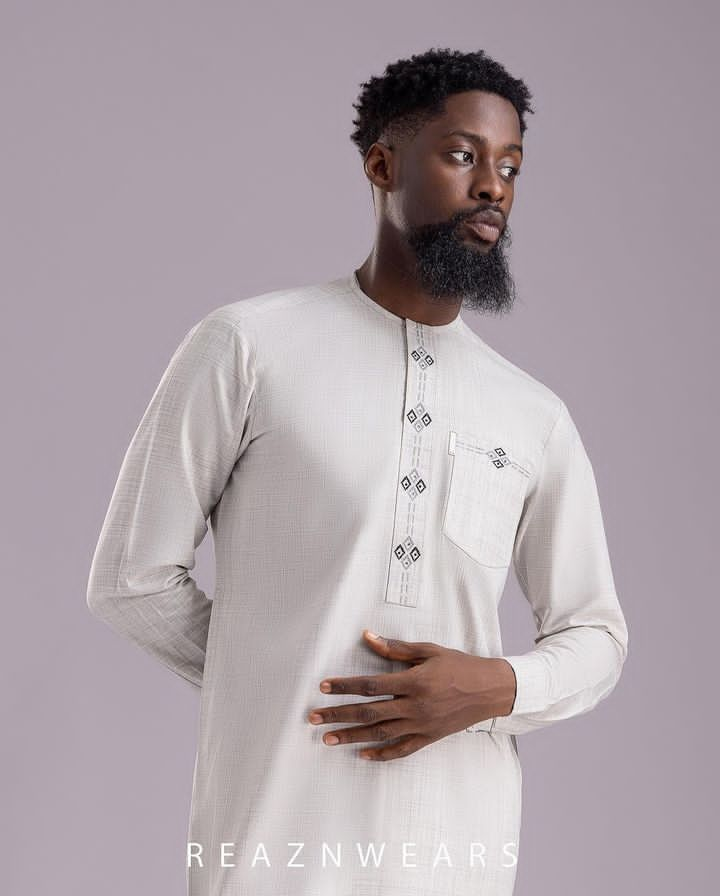
East Asian Excellence: Hanfu and Kimono
In East Asia, traditional men’s wear is celebrated for its elegance and historical significance. The Chinese Hanfu, with its flowing robes and wide sleeves, harkens back to ancient dynasties. Made from silk and adorned with intricate patterns and embroidery, the Hanfu is a symbol of cultural pride and is often worn during traditional ceremonies and festivals.
Similarly, the Japanese Kimono, though more commonly associated with women, also has a male counterpart that is equally striking. The men’s Kimono, typically made from silk or wool, features simpler patterns and a looser fit compared to the women’s version. It is traditionally worn with a Hakama (a type of wide-legged trousers) and an Obi (a belt), and is often seen during tea ceremonies, weddings, and cultural events.
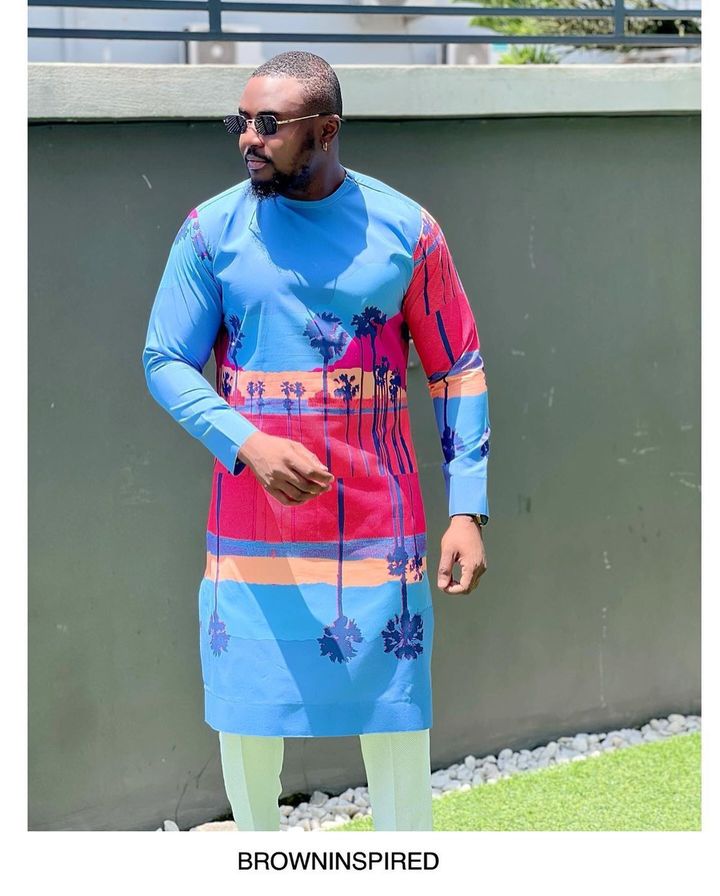
Preserving Tradition Through Modern Adaptations
While traditional men’s native wears hold immense cultural value, they are not immune to modern influences. Many designers today are reinterpreting these classic garments, blending traditional craftsmanship with contemporary styles. This fusion has given rise to a new genre of fashion that respects heritage while catering to modern tastes.
For example, modern Agbadas may feature slimmer cuts and contemporary fabrics, making them more appealing to younger generations. Similarly, Sherwanis now come in a variety of styles, from the heavily embellished to the minimalist chic, allowing for greater personal expression. Even the Thobe has seen modern adaptations with variations in length, fabric, and detailing.
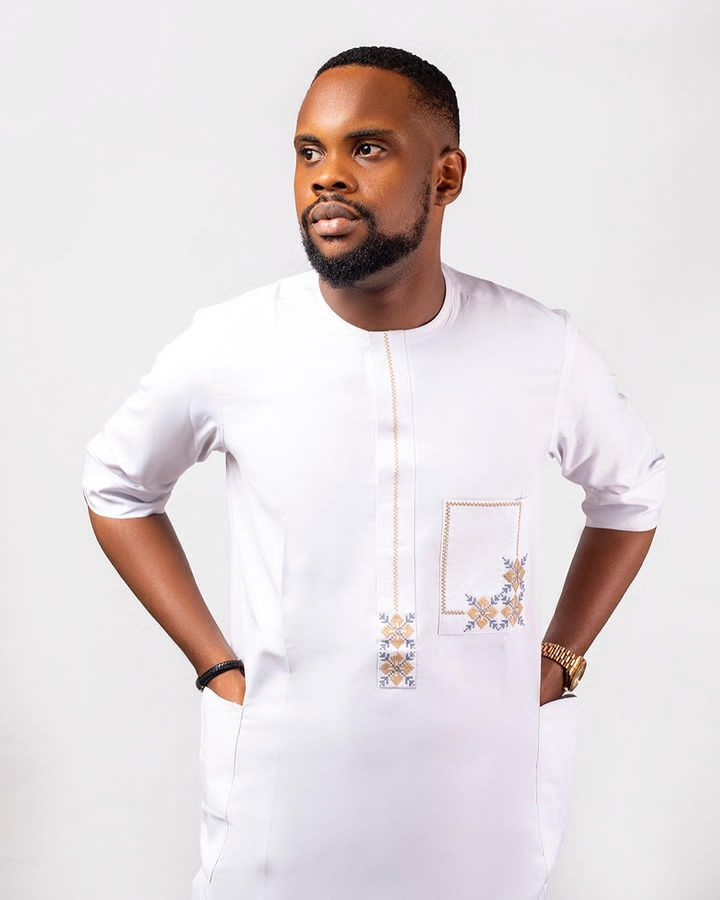
Conclusion
Men’s native wears are a testament to the rich cultural heritage and artistic traditions of communities around the world. From the regal Agbada of West Africa to the elegant Sherwani of South Asia, each garment tells a story of identity, craftsmanship, and tradition. By appreciating and preserving these traditional attires, we not only honor our past but also enrich our present with the diverse beauty of global cultures. Whether through photographs, fashion shows, or everyday wear, the vibrancy and significance of men’s native wears continue to inspire and captivate us.